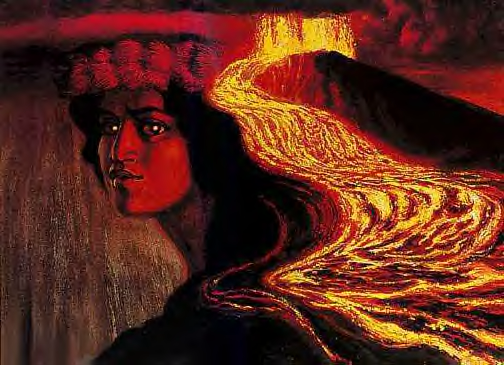
Hair Wars
The Hair Wars are back.
My kitchen and dining room look like a scene from Steel Magnolias. There are four different brands of hot rollers, two curling irons, clamps, pins, and enough abandoned bottles of crap-that’s-not-the-right-shade-either foundation to cover the Golden Gate Bridge. Costco-sized cans of hair spray, curling mousse, and rat-tailed combs litter the counters. My daughter sits on a stool, terrified of the hot wax and tweezers.
It’s rodeo princess pageant season again and neither of us are happy.
 In full rodeo regalia, my thirteen year old daughter is stunning. Tall and built for the runways of Paris or Milan, she moves like the athlete she is. Last summer she competed for the first time and served as the first attendant princess in the Mountain Valley Stampede. She and her horses traveled all over Utah performing in parades and rodeos. My shy daughter discovered she loved being a rodeo princess. Her favorite part was helping out at the Special Needs Rodeo where she ran with a stick horse and draped rodeo queen sashes over all of the girls.
In full rodeo regalia, my thirteen year old daughter is stunning. Tall and built for the runways of Paris or Milan, she moves like the athlete she is. Last summer she competed for the first time and served as the first attendant princess in the Mountain Valley Stampede. She and her horses traveled all over Utah performing in parades and rodeos. My shy daughter discovered she loved being a rodeo princess. Her favorite part was helping out at the Special Needs Rodeo where she ran with a stick horse and draped rodeo queen sashes over all of the girls.
A year older and wiser, she’s ready to do it again.
In rodeo grand entries she’s a speed demon on her performance horse Brownie and competes in barrels and poles. On Trigger, her bomb-proof-whatever-happens-I’m-cool horse, she’s all smiles and glitter in parades.
It’s not the horses or hard work or public speaking that gets to her.
It’s the hair.
In the world of rodeo pageantry, it’s got to be big, Dolly Parton big and curly. My daughter’s hair is a shiny mass of blonde—fine, thick, and straight as a stick. It’s all one length, down to the middle of her back. Don’t even think about cutting it.
In her everyday middle school, piano recital, soccer playing world, she wears it in a no-nonsense ponytail with accent braids. If she’s dressing up, it merits a messy, organic flower looking bun. Make-up to her is a little moisturizer or sunscreen. A touch of clear lip balm and bright nail polish is the most she will do.
But in spring her love of horses and performing do battle with her hatred of all things foofy, and she tries to suck it up as we shape eyebrows, apply foundation and mascara, and perform nightly experiments with hot rollers and a pharmacopeia of products—all in search for the elusive combination that gives her long-lasting southern belle curls.
 For the record, curling mousse, pink foam rollers slept on overnight, and half a can of light-weight hairspray are the only things that really work. Last year she complained, but now she says she’s mastered the art of sleeping on her face.
For the record, curling mousse, pink foam rollers slept on overnight, and half a can of light-weight hairspray are the only things that really work. Last year she complained, but now she says she’s mastered the art of sleeping on her face.
A throw-it-in-a-ponytail blonde myself, I’m not like my beauty queen sisters who know all the secrets. As much as she hates curling her hair, I hate curling it. It’s a volatile combination.
Her father and I keep telling her she can compete without all the fuss, but we both know to win that’s not true. Hair and make-up requirements are explicit in the contracts.
And that’s too bad.
Watching her practice, there’s something special in the grace of a young woman bare-faced and natural. It’s easier to admire the teamwork between rider and horse without the complications of rhinestones and belt buckles.
I try to remember these days, storing them against a future when make-up matters, when getting ready takes longer than eating breakfast, when it becomes less about riding and more about looking. According to my mother, those days will come.
But there’s hope, she says. Like you, that could be a just a phase.






